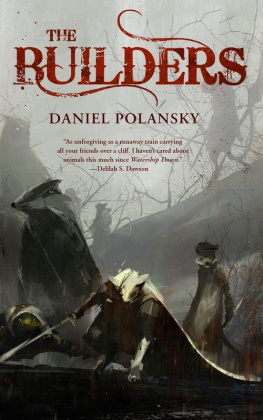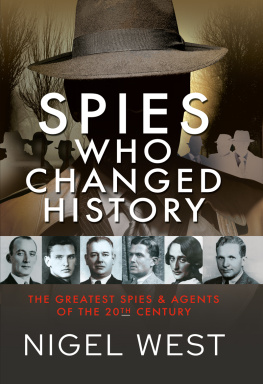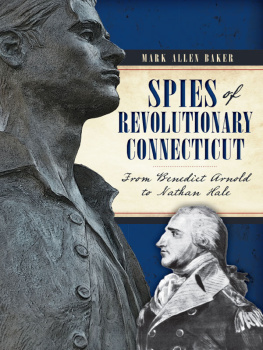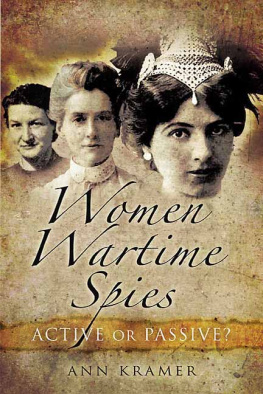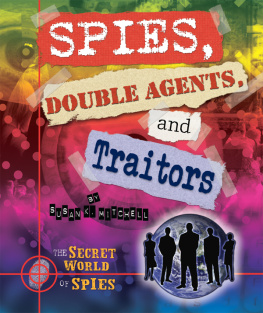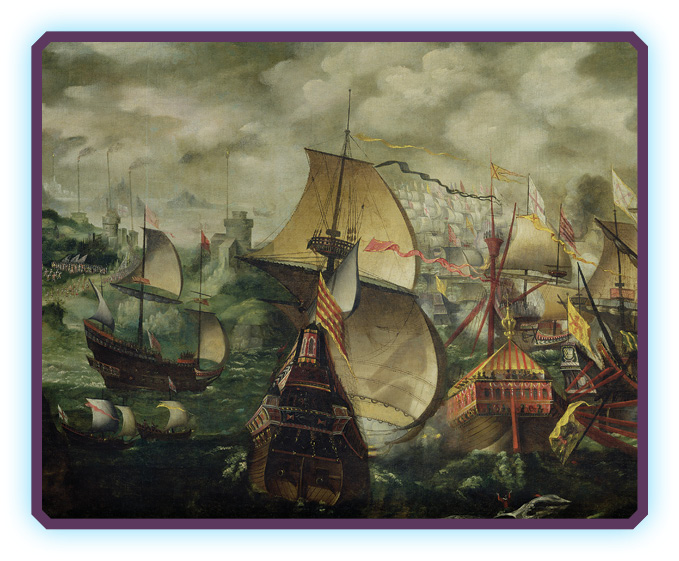It is the night before a great battle. The general busies himself with all the many tasks required to prepare for the conflict to come. He looks over maps of the battlefield, memorizing the specifics: hills and valleys and clumps of trees. He double-checks the position of his soldiers and makes sure that each unit is where it should be. He writes letters to his officers, explaining their commands in detail. He makes certain that his army has a clear line of retreat, in case the worst happens and the soldiers are forced to escape. There are many details he needs to make sure of if he hopes to end the next day as a winner.
But of course, the general knows that all of his hard work and planning might end up being pointless. Because on the other end of the battlefield, his opponent is doing the same thing: making his plans, checking on his officers, looking over maps. And there is no way to know exactly what the enemy is planning.
Unless, of course, our general has a spy in the enemy camp! The use of spies goes back to the very beginning of recorded warfare.
In his epic poem the Iliad, Homer tells us that Odysseus would sneak into the enemy camp at night, snatching up prisoners and forcing secrets from them. In his famous text, The Art of War, great Chinese military leader and philosopher Sun Tzu devotes an entire chapter to the correct way to use spies. In every age and in every war, military leaders have understood the value of spies.
Spies serve different functions, but perhaps most importantly, they steal secret information, known as intelligence, from the enemy. They might also work to sabotage the enemys plans, either directly or by planting false information. To be a spy means never being able to rest and always having to look over your shoulder. It is a dangerous life, and often short. If discovered, a spy can expect a violent interrogation before being executed.
Of course, there are many different types of spies. Some go undercover in the enemys camp, stealing secrets and causing mischief. Some become traitors to their country of birth, switching sides and bringing secret intelligence with them. Others might never leave home but work tirelessly to control and maintain networks of secret agents. In this book, we will examine six different spies from six different time periods.
Francis Walsingham was Elizabeth Is chief spymaster. He set up a wide network of spies throughout Europe, who fed him secret information from the courts of foreign kings and queens. He used the secrets he gathered to keep Queen Elizabeth safe from traitors and the country safe from its enemies.
Benedict Arnold was the United States great traitor during the Revolutionary War. He was a skilled and famous military leader who led the young American armies to victory. But his greed and ambition overcame his patriotism, and he tried to betray the United States to the British. If his plot hadnt been discovered, the newborn American nation might have ended even before it had begun!
Belle Boyd was a Confederate spy during the American Civil War. When her town was invaded by Union soldiers, she decided to fight back in any way she could. Crossing back and forth between enemy lines, she stole secret intelligence from the Union and gave it to Southern officers. She was arrested several times, but always managed to find her way free. For her courage and daring, she became famous throughout the country and even the world.
Virginia Hall was born into a wealthy and well-connected American family, but she always dreamed of foreign adventure. Despite losing a leg in a hunting accident, she went on to become one of the great spies of World War II. First fighting for the British and then the United States, she went undercover in Nazi-occupied France, setting up spy rings and successfully sabotaging Nazi war efforts.
Allen Dulles began his career as a spy during World War II as well, living in Switzerland and working against the Nazis. Unlike Hall, Dulles worked behind the scenes, organizing and running networks of spies throughout German territory. After World War II, he went on to become director of the CIA. In the early days of the Cold War, he worked tirelessly to stop the expansion of the Soviet Union.
As a young student growing up in Great Britain, Kim Philby became devoted to the Communist cause. But he kept his allegiance a secret and joined the British spy service during World War II. Over the course of several decades, he rose through the ranks to become one of the leaders of the British spy servicewhile passing secret information to the Soviet Union! Philby remains probably the most effective double agent in the history of spycraft, having betrayed untold numbers of British and American secret agents, delivering them into the hands of their enemies.
By learning more about the lives of these six men and women, well discover the ways in which the craft of spying has changed over the course of the last several hundred years. Well also learn about the ways in which the secret actions of one person can have an effect on all of world history.
The British armada, 1588
Within England, Walsingham took the lead in actively silencing followers of the Catholic faith. Powerful Catholics, including some secret priests, were imprisoned and sometimes even executed. Walsingham was always concerned about the possibility that the powerful Catholic nobility would rebel against the queen. And after seeing what had happened in Paris during the St. Bartholomews Day Massacre, he feared the violence that would erupt in England during a civil war.
By todays standards, Walsinghams actions against English Catholics were quite horrible. In his defense, however, there were many nobles who sought to Elizabeth. One of these nobles was Sir Francis Throckmorton, cousin of one of Elizabeths ladies-in-waiting. Similar to the earlier Ridolfi plot, the Throckmorton plot relied on Spanish gold and French soldiers to encourage a revolt within England that would result in Mary, Queen of Scots, on the throne. After hearing rumors of this plot through his intelligence network, Walsingham managed to plant a spy in the French embassy in London. This spy alerted Walsingham to a suspicious meeting between Throckmorton and the French ambassador. After hearing of this meeting, Walsingham ordered that Throckmorton be followed by some of his spies. These spies ultimately discovered evidence in Throckmortons house uncovering his treason. Walsingham ordered Throckmorton tortured, during which he confessed to the remaining details of the plot. Throckmorton was executed, and the French ambassador was exiled from England.
Once again, Elizabeth was unwilling to order her cousins death. Instead, Mary was stripped of her right to become queen and imprisoned. Walsingham also insisted on creating what was called the Bond of Association. This was a law that essentially guaranteed that Mary would be put to death if she was again found guilty of plotting against Elizabeth.



